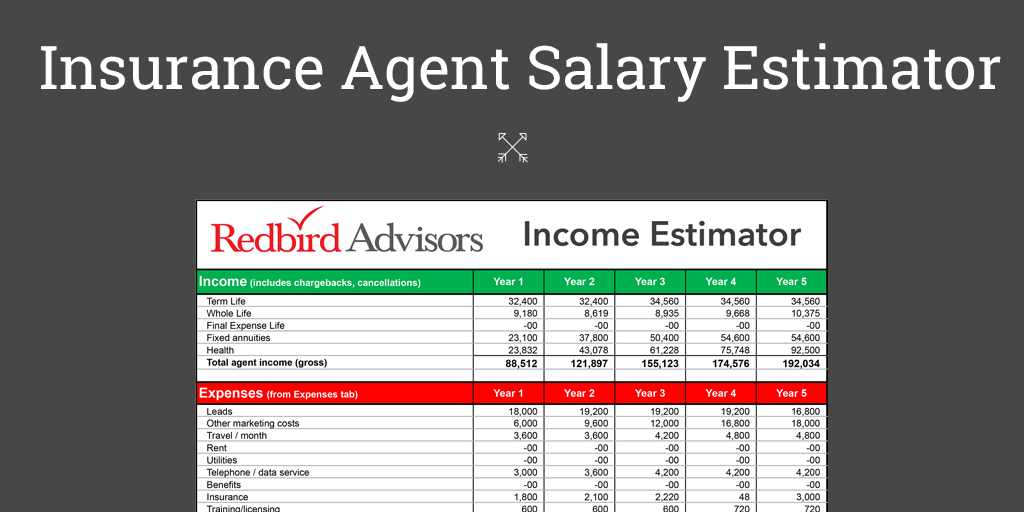Reading time… 8 minutes
This story is the first in a five-part series to help agents develop a personal brand. (Part 2, Part 3) We are all “branded” by those around us based on their experiences with us. While simple on the surface, developing a personal brand is a process that starts with defining who you are. We hope you enjoy the series and would love to hear your comments.
“If you can find a better car, buy it.”
– Lee Iacocca, Chairman, Chrysler, 1982
Lee Iacocca knew exactly what he was doing in 1982. With Chrysler Corporation three wheels in the financial ditch, Iacocca went on what was then “national TV” and told us all if we could find a car built better than a Chrysler then we should buy it.
Not only was Iacocca risking Chrysler’s brand with such a bold statement, he was risking in one 60-second TV spot all the personal brand equity he had accumulated over an illustrious career in the automotive industry. Iacocca was able to do this, in large part, because he had already gained the trust of American car buyers through a career of building creative, reliable cars Americans wanted… often before they knew they wanted them. His famous quote was the turning point for Chrysler. He convinced car buyers that things at Chrysler were under control and that it was now a good decision to buy a Chrysler. And, amazingly, he convinced the U.S. Government to invest in his vision.
Isn’t this the business we’re in? Every day clients say “yes” because they believe in not only what we are telling them, but who we are. They are more often than not saying “yes” to a person, not a product. And, the most successful people at doing this have one thing in common: they have developed a personal brand.
Redbird Advisors helps agents develop personal brands. We use a seemingly simple five-step process to do this:
- Who are you?
- What business are you in?
- What are your target clients’ special needs?
- What makes you different?
- What unique benefit do your clients get from you?
Ultimately, the specific answers to these five questions will allow you to create your own personal brand promise. Today we want to focus on Step 1, which we believe is the foundation of personal branding: defining who you are.
Step 1: Defining “who you are”
If you haven’t consciously defined your personal brand – how you want to be perceived – then those around you have done it for you. They know your strengths and weaknesses and their perceptions may not always match up with how you perceive yourself. To differentiate yourself you must first define those attributes you believe will make you unique and second you must communicate and deliver them in a consistent way so the value you want to provide is obvious to all.
Defining who you are starts with a personal assessment of your beliefs, passions, skills, attitudes and many other attributes that determine “how” you deliver your personal brand.
Personal Assessment
The assessment is designed to help you determine the one or two attributes that will help you articulate what you want those around you to believe. This process is never easy and often unsettling… critiquing yourself might uncover things you didn’t consciously recognize. There are two steps to this assessment:
- Identify strengths and weaknesses in the form of personal attributes.
- Define the one or two most important attributes that are the foundation for “who you are”.
Here are a few questions to get you started:
- What attributes best describe your strengths? (Possible answers: loyal, fun, serious, analytical, trustworthy, dependable)
- How do you believe others describe you?
- Describe one or two examples of client interactions that revealed your strengths.
- What are your weaknesses? (Possible answers: impatience, unfocused, easily bored)
- Describe one or two examples of client interactions that revealed your weaknesses.
- What excites you about being in business for yourself? (Possible answers: challenge, opportunity, financial gain)
Now, the easy part is done. Next is to step back from what is likely a long list of possibilities and begin the process of prioritizing the attributes you believe best describe who you are. Your goal is to ultimately identify only one or two attributes that are the essence of who you are. IMPORTANT: the one or two most important attributes don’t necessarily represent everything about you, just the things that you will consistently communicate. Remember, you can’t be all things to all people, so focus on defining your core strengths.
Action items:
- Inject these attributes into you regular discussion with clients and take note of how clients react.
- Role play different ways to present them.
- Test different attributes if you’re having trouble prioritizing.
- Conduct some quick market research with clients if time allows:
- Did they recognize and understand your attributes? If not, why?
- Do they see you attributes as unique and/or distinctive?
- What attributes do they most value when purchasing?
- What advice would they give you about how you present yourself?
Next: Part 2 – What business are you in?
Redbird Chirps
- Search Engine Optimzation (SEO) is the future. If you’re one of the forward-thinking agents who have invested in your own website (a key component of a personal brand), you know that unlocking the power of SEO is what will ultimately separate your website from others. SEO is nothing more than techniques to increase your website’s chances of getting recognized by Google and others, thus giving your site a better shot at being ranked high on searches. The article provides a nice introduction to some of the necessities and tricks. If you’d like to learn more about improving your SEO or creating your own website Drew a call (contact information below). Full article

